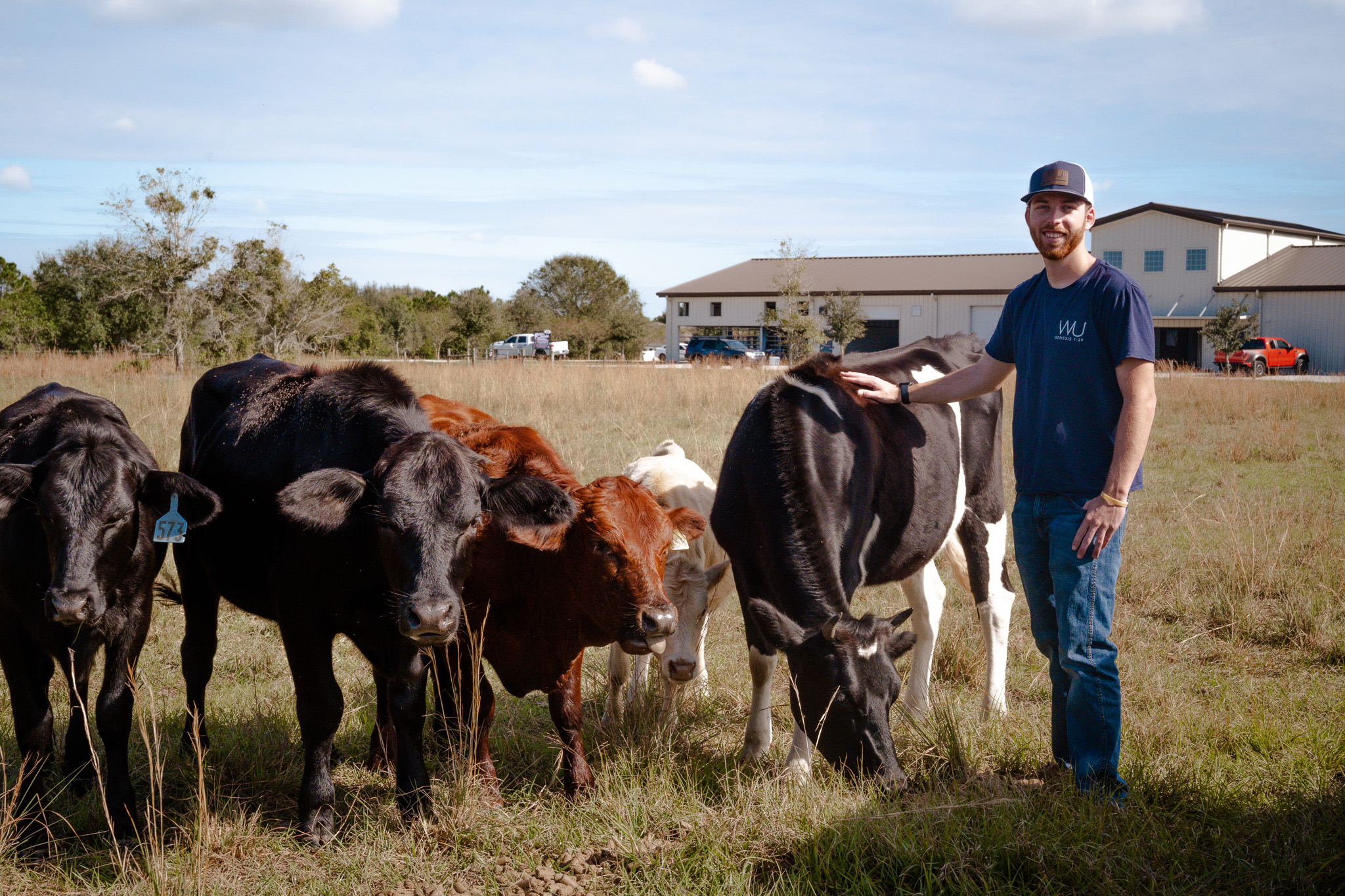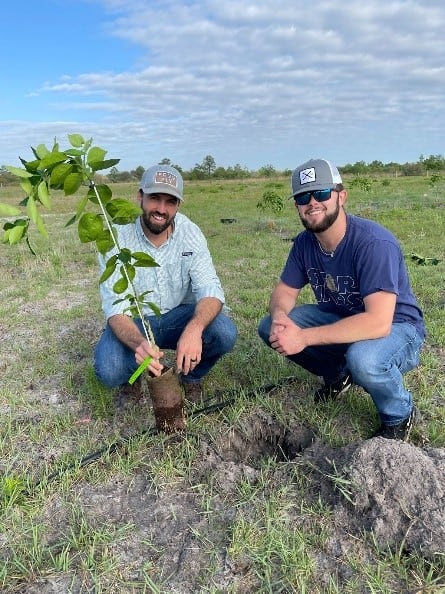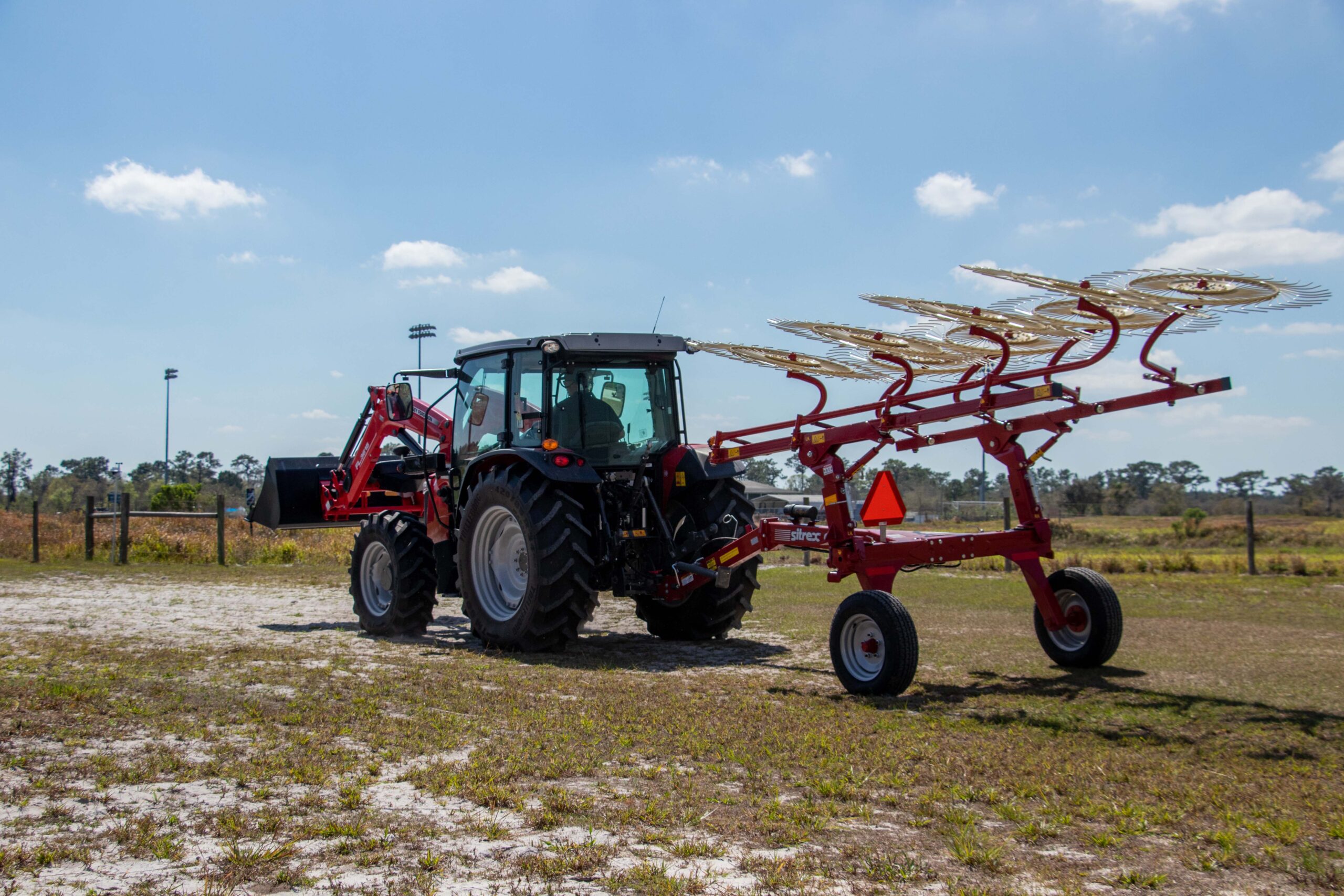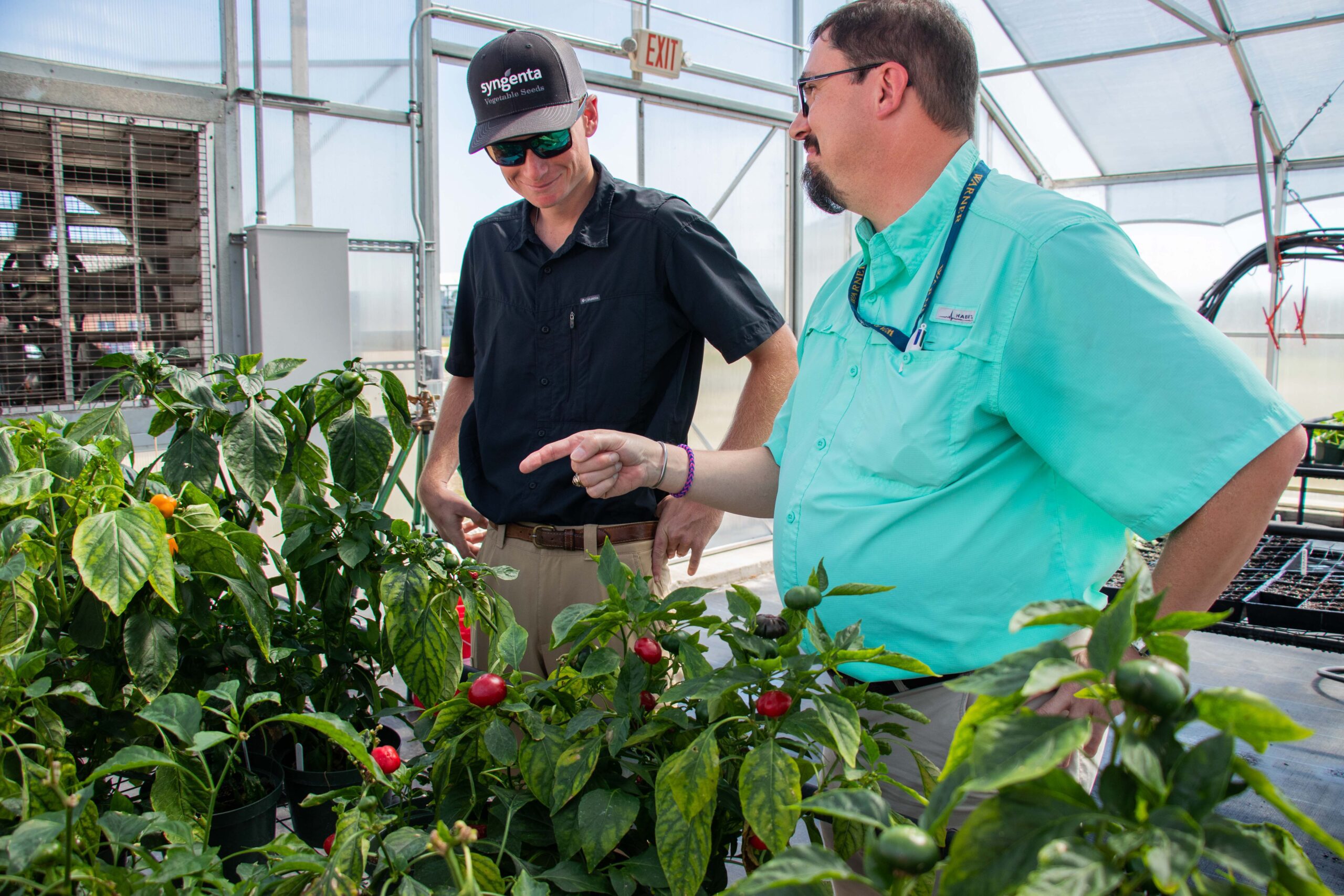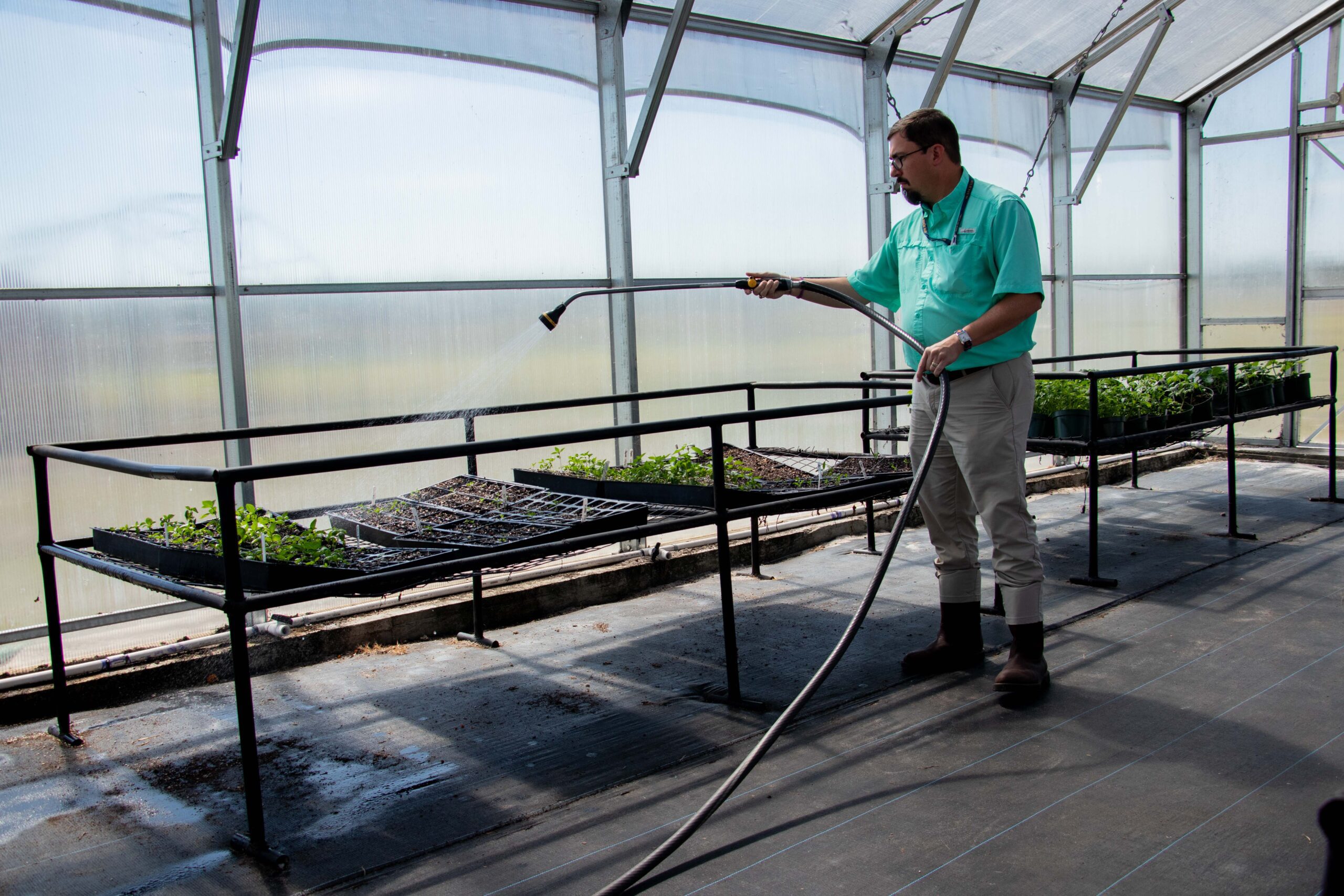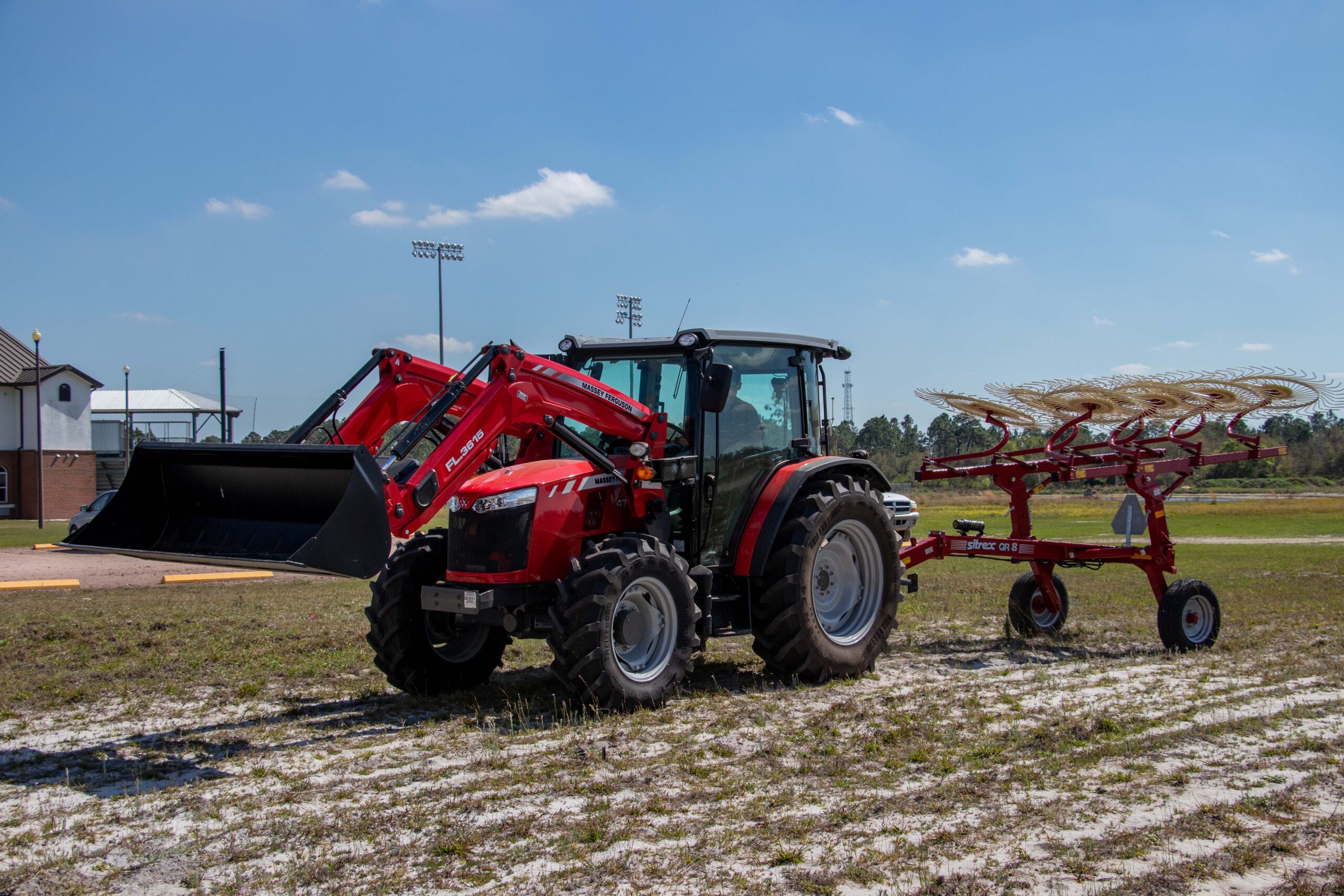Warner University Ag Program Gives Students Hands-On Experience and an Edge on Careers
by TERESA SCHIFFER
photos provided by WARNER UNIVERSITY
When Warner University was planning their agricultural program in 2010, they invited leaders of the local ag community, including Adam Putnam and Ben Hill Griffin, to comment on what they’d like to see more of in the graduates of such programs. The consensus was that ag students need more hands-on training. That’s exactly what Warner is now delivering.
There’s been tremendous growth in the Agricultural Studies program at Warner since 2015, when the groundbreaking on the ag program’s main building began. Eight years later, and the program is blossoming, with experiential lessons utilizing on-campus resources including a greenhouse, a citrus grove, and a herd of cattle.
Abby Crawford is the Coordinator of the Agricultural Studies program at Warner University in Lake Wales. She describes what local ag leaders envisioned for the program.
“They really wanted practical, hands-on knowledge and experience,” Crawford says. “Not so much someone who had graduated in research and never really been out in the field. With the citrus grove in our ag program, and along with the cattle, we have this all on campus so students are getting practical experience.”
The 1-acre grove is located behind the Swindle Ag Complex building on the Warner campus. Thanks to contributions from Brite Leaf, Hunt Bros. Inc., and Tree Defender, the little grove that was established in spring of 2022 is now home to almost 150 trees. There are several varieties of citrus being cultivated, including oranges, tangerines, and grapefruit, that are intended for fresh fruit sales.
Students tend to the trees and nurture them through the first few years when root systems are being established. They apply fertilizer and contend with some of citrus’s most pernicious adversaries. For example, students experienced the havoc Mother Nature can wreak when Hurricane Ian made a guest appearance during last year’s fall term. More than 40 trees had to be replaced in the wake of that storm.
Like in groves throughout the state, citrus greening is another notable threat, and students are in the trenches battling the disease using the Tree Defender system of physical barriers. Special mesh bags from Tree Defender are placed over young trees to prevent psyllids that carry HLB from having access to the tender new shoots and leaves.
Justin Sharpless is a professor in the ag program specializing in the social sciences of agriculture, with a focus on ag business, policy issues, and internships.
“Our students grow various different horticulture products, whether that’s starter plants for vegetables or ornamentals,” Sharpless says.
Students have been producing some vegetables and herbs in the greenhouse for use by Creative Dining in the Warner University cafeteria. The goal is to increase that production for cafeteria usage. They’ve also been marketing fresh produce and herbs that they’ve grown to sell at the Lake Wales Downtown Farmer’s Market.
With the help of a small herd of cattle of various breeds on campus, the students are training in more than horticultural sciences. The university intends to breed to produce calves that will then be sold to ranches throughout the U.S. to be raised for slaughter.
“The students in the fall term will work them,” says Crawford. “They’ll be administering any immunizations, vaccines, tag them, worm them, pour-ons for fly spray, anything like that they’ll be doing in the fall time. If we ever have a bull calf born, when we do the castration the students will be able to observe that.”
Dr. Hugh Moye is a plant scientist and Chair of the Agricultural Studies department.
He gives a peek into what the future holds for students interested in studying ag at Warner University.
“This fall, we’re going to offer a new degree in conjunction with our business department,” Moye says.
“Our Vice President of Academic Affairs, Dr. Gentry Sutton, was looking at agribusiness degrees offered by other schools, and the students don’t really get their hands dirty, they don’t get their boots on the ground with the plants, doing the feeding and harvesting. It’s just looking at numbers and such. What we want to do with ours will be different. It’s going to be half agriculture courses, half business courses. This might be the first one of its kind, especially among the larger institutions.”
